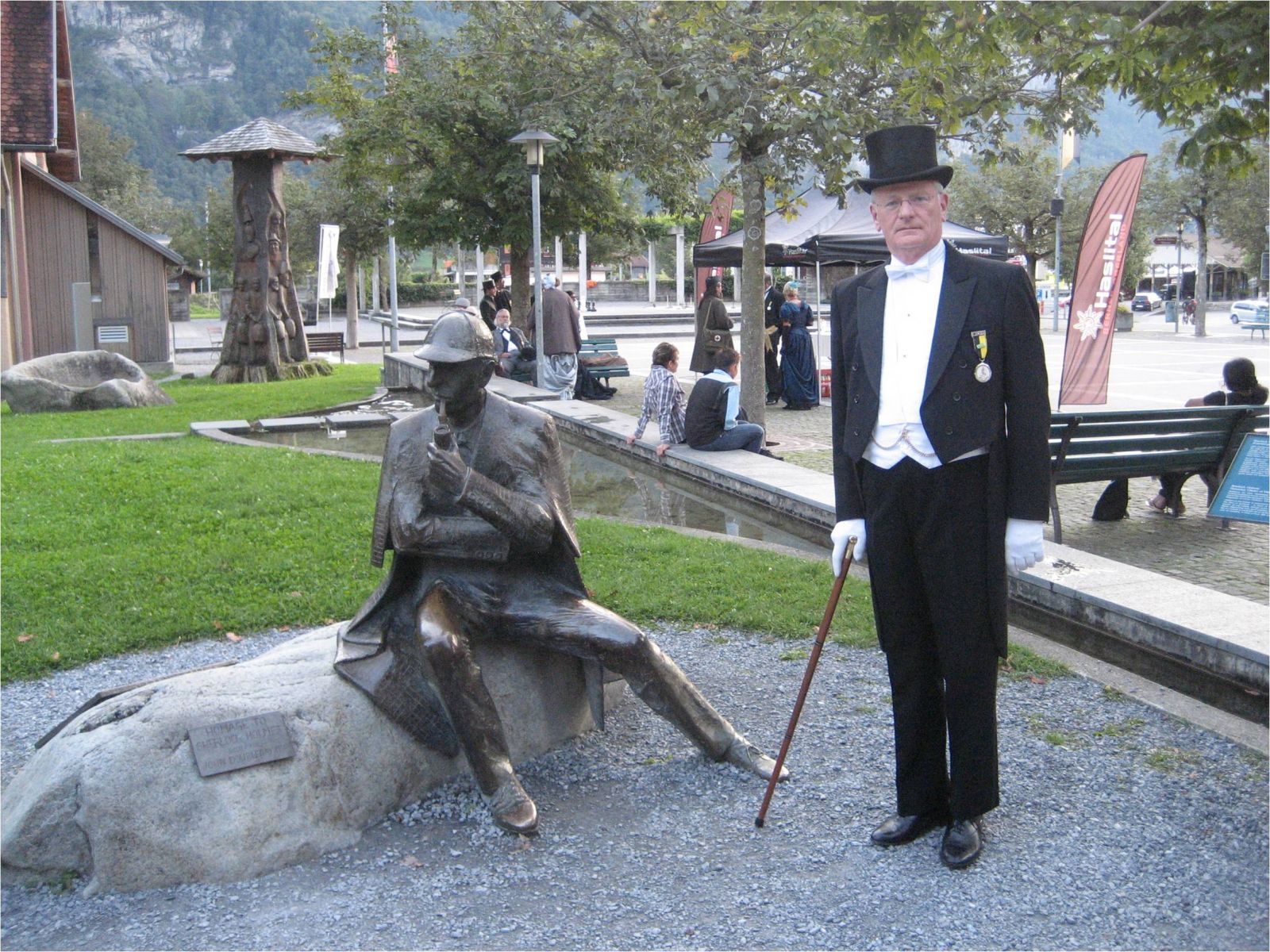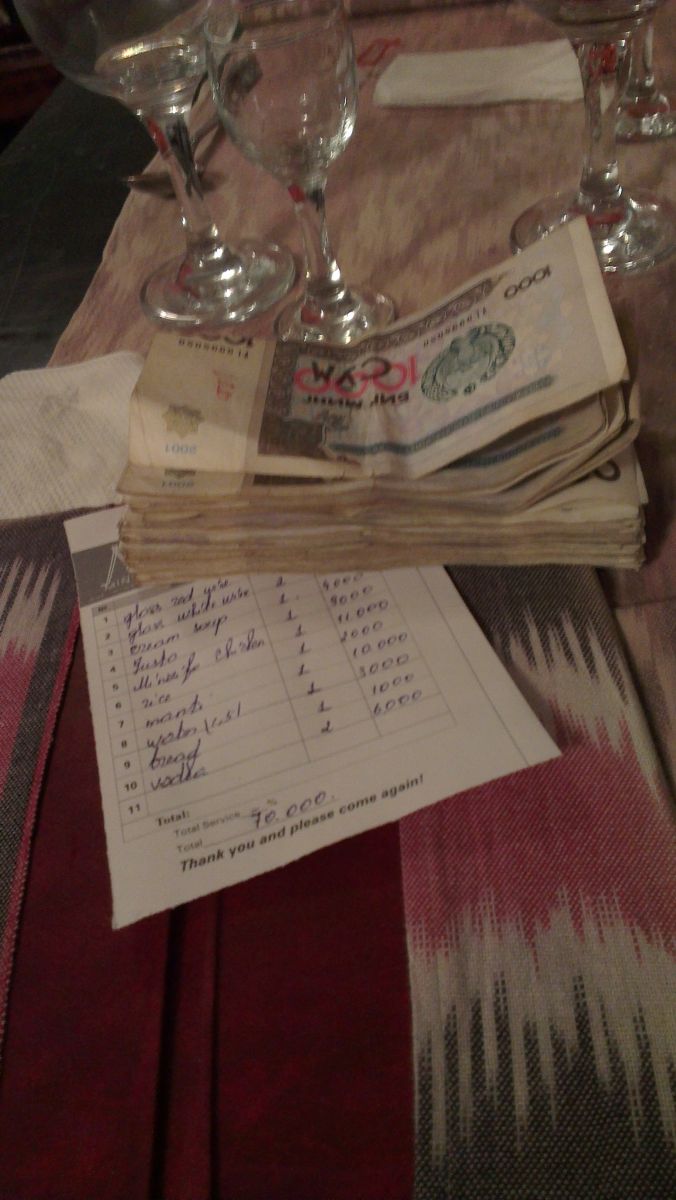Treat with respect the two red cartons in your hotel room...
As we arrived in Khiva, one of the first items that caught my eye was a fairly dilapidated Ferris wheel. A day or two later, when we in Bukhara, again there was a large Ferris wheel in a park. And the same in Samarkand and indeed Tashkent.
If you have remained with me thus far, you may be wondering where all these places are. Well, they are in Uzbekistan and my wife and I went there as tourists in April.
Given that few people know where Uzbekistan is, let alone have been there, we expected to be amongst a very small number of tourists who were exploring part of the ancient Silk Road that connected Europe with China in days of old. Far from it. As we arrived at Tashkent airport (in the small hours of the morning, I’ll have you know) there were several tourist groups decanting from our flight, as well as visitors like Carole and me. Tourism is alive and thriving in Uzbekistan; it has guides aplenty; hotels in abundance; and is comfortable and safe. Indeed, fellow liveryman Philip Taylor was also there; we crossed in Khiva without seeing each other….
The regular features of the country are therefore readily available in any tourist guide (and I was impressed that our local library had quite a few that cover central Asia) so it is probably more interesting to comment on the oddities that struck us.
The first thing was that as we arrived in our hotel room in Tashkent, we were confronted with two red cartons. The labels explained (in English) that these were gas masks and were for our use should the hotel catch fire or, I suppose, suffer a gas attack. I’ve never seen these in a hotel room before and they come into that category of safety feature that unsettles rather than make you feel safer.
It was in Tashkent that we visited our first mosques and madrassas. There are a lot of them in Uzbekistan. The combination of earthquake, Mongol hordes and Soviet remodelling of towns has meant that there are not a lot of old buildings left, apart from those of some architectural merit – i.e. the mosques and madrassas.
Now, I wouldn’t rate myself as an expert on central Asian architecture, but I have to say that having seen one, you’ve seen pretty well all of them. We had almost a week of these and I am now sated with them. Most of them have been extensively restored (our guide explained that UNESCO require only 20% of a monument to be original to be accepted for listed status). I felt that this was a bit like cheating until I saw photographs of the unrestored buildings from the last century. They were in essence ruins, so restoration gives a good idea of how they may have looked.
We did travel on the Tashkent metro, which has the Soviet standard of palatial stations, but the rest of the time we travelled by road. We felt safe, despite the habit of Uzbek drivers to sound their horns (there it means “I am here” whereas in the UK it is an invitation to pistols at dawn) and to invent more lanes in traffic than are shown in road markings. There is also the habit of drivers seeing you standing by the side of the road to offer you a lift – for a price. Every car is a potential taxi!
Of the places we visited, my favourite was Bukhara – a medium-sized town with a walled city, but graced with lovely tree-lined avenues. Carole  and I are members of the Sherlock Holmes Society and the Chairman had asked me to see if I could find a Sherlock Holmes book in Uzbek. We were taken in hand by a student of English, who took us to a bookseller at the local market. “Any Sherlock Holmes books in Uzbek?” Immediately the stall-holder brought out a novel, with the cover graced by actors famous for playing the roles of Holmes and Watson in Russia. We then went to see if we could find one in the other local language – Tajik – but were not successful.
and I are members of the Sherlock Holmes Society and the Chairman had asked me to see if I could find a Sherlock Holmes book in Uzbek. We were taken in hand by a student of English, who took us to a bookseller at the local market. “Any Sherlock Holmes books in Uzbek?” Immediately the stall-holder brought out a novel, with the cover graced by actors famous for playing the roles of Holmes and Watson in Russia. We then went to see if we could find one in the other local language – Tajik – but were not successful.
The student then took us to his university where we met the rest of his class. As I walked in I was struck by the similarity to the reception area of City University in Northampton Square…
English is quite widely spoken in Uzbekistan. Our guide himself spoke Uzbek and Tajik as the local languages and Russian too. He guided in English and German. (Incidentally, there is an excellent German coffee shop in Bukhara which sells great cakes).
Credit cards are not used in Uzbekistan so we had to pay for everything in cash. We were lucky in that we found ATMs which dispensed dollars which we then converted into the local currency, the Som. Pretty well the sole unit of currency in Uzbekistan is the 1000 Som note, which is worth roughly 40p. What this means is that you carry great wads of notes around with you, and payment of a restaurant bill means counting up a large pile of notes. The locals have developed a considerable skill in this – think bank teller.
The conversion from dollars to Som is done using the black market rate; there are lots of gentlemen around carrying bags stuffed with 1000 Som notes who are happy to do this for you, although you need to avoid doing it in the open!
Uzbekistan is big. There is much more to see than the sights on the well-worn tourist route we followed. Another time, maybe – but not more mosques and madrassas.
Calvert Markham, Father of the Livery
